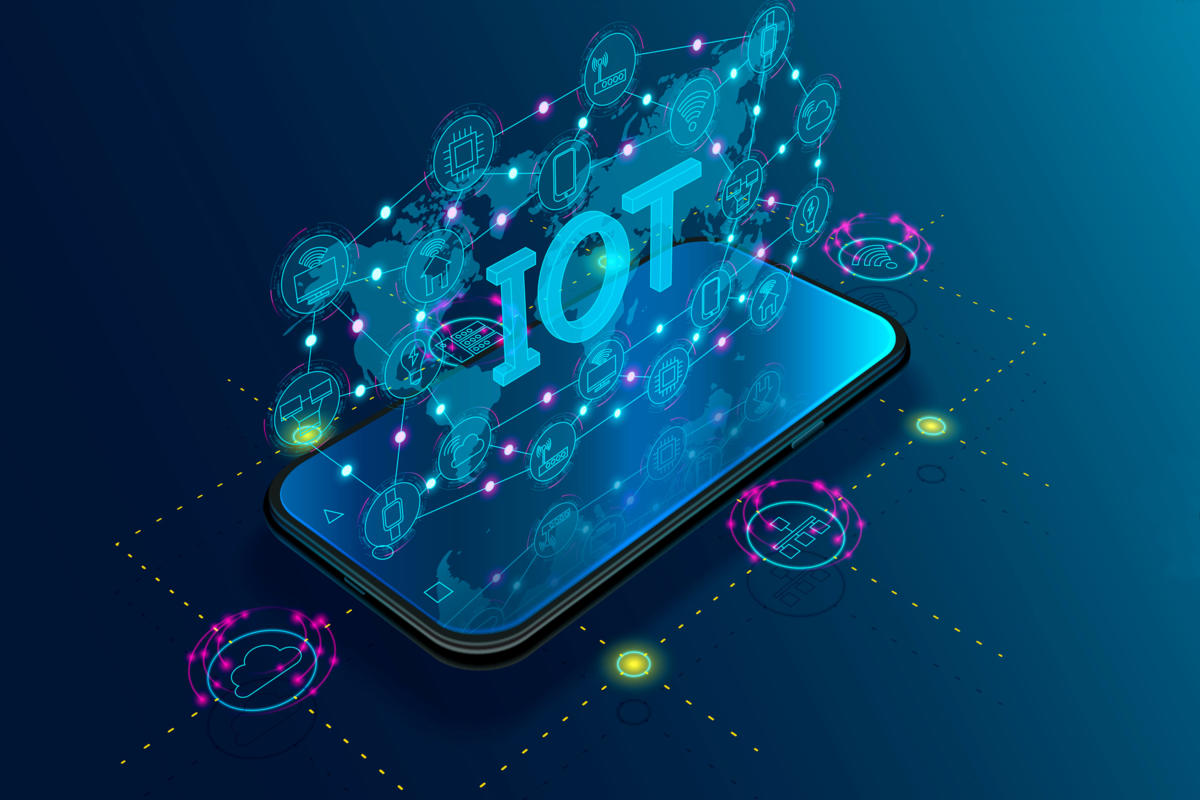The Future of IoT Products: Technology, Product Development, Engineering Methods, and More
IoT products are a hot topic, and deservedly so. Many fast-growing startups are based on IoT product development, and today’s IoT technology offers an impressive assortment of interconnectivity that only a few years ago seemed impossible. Where is IoT technology and product development headed? We asked Simplexity Product Development, a leading electro-mechanical product development company, about the present and future of IoT products. Simplexity knows a thing or two about IoT tech; from connected consumer products to wearable technology and molecular diagnostics, the firm has developed some of the world’s most groundbreaking IoT products. Their answers offer valuable insight into where IoT is today, and what tomorrow may bring.
The Internet of things (IoT) has revolutionized practically every aspect of life. From smartphone apps to integrated home monitoring systems, it’s hard to identify everyday activities not impacted by IoT.
Necessity is the mother of invention, as the saying goes. IoT product development is the direct result of the need for interconnected products and services, including smartphones, apps, sensors, wireless technology, and:
- Smart home technology (thermostats, security systems, smart kitchen appliances)
- Wearable technology (interconnected fitness products, personal health)
- Agricultural advancements/smart farming equipment (irrigation systems, land optimization)
- IoT healthcare initiatives and medical products
- Smart retail processes (supply chain management, flash sale technology)
What is the next phase of IoT product development? It’s hard to imagine advancements matching the scale and scope of the IoT’s first generation. But the Internet’s a pretty big place, and getting bigger all the time. The products, technology, and engineering processes tied to IoT products are linked to the Internet, and will likewise expand into uncharted territory. Some of these changes are challenging – security concerns are a big concern right now – but these and other engineering issues are constantly tweaked, refined, and integrated for the collective benefit of everyone involved, including everyone from product developers to end consumers.
For second generation IoT products and technology, the ability to efficiently interact with the surrounding environment – rather than just collect, analyze, and display data – is establishing next-generation IoT functionality. For example, smart thermostats link with other IoT products (smart window blinds, shades, etc.) to alter and adjust factors that affect room temperature. Instead of a singular device connected to a single app, second generation IoT technology provides more comprehensive, immersive, and efficient control.
Let’s look at a practical example of an IoT product that has contributed to the overall growth of smart, sophisticated, yet surprisingly simple solutions to today’s most pressing needs.
Look at the advancement of fitness technology: Only a few years ago, getting useful, timely feedback from exercise equipment seemed impossible. Enter the BowflexSelectTech 560.
This smart dumbbell system incorporates IoT technology to deliver a superior weightlifting experience. From step-by-step training with an integrated 3DT (three-dimensional trainer) to Bluetooth technology, the BowflexSelectTech 560 gives any fitness enthusiast the tools and resources to meet and exceed exercise goals.
Systems Engineering and IoT Theory
Systems engineering stems from the notion that every system is much more than the sum of its parts. Exceptional systems engineering delivers core features and functionality by optimizing how each part interacts with the other. From initial product requirements to technical assessments to eliminating inefficiencies, systems engineering ultimately ensures optimal function, cost-effective design, and ultra-dependable performance.
Naturally, the next frontier of systems engineering is IoT connectivity. IoT enables separate elements to connect and engage across the Internet; that’s the basic concept of IoT product design – taking well-designed products and systems and collaborating over a global spectrum. The result? More intelligent and more responsive products.
Given the complex nature of the best IoT products, you’d think the premise behind IoT engineering would be just as sophisticated. Yet the best IoT systems adhere to the time-tested techniques in every good engineering system, namely:
- Thorough integration of interconnected components (for example, fitness trainers to exercise equipment, window blind control with smart thermostats, etc.)
- Making the final product more than the sum of its parts
- Meeting – and exceeding – end-user requirements
- Providing the ability to accessorize and add on with complementary technology
That’s the beauty of IoT technology now, and what tomorrow offers: even as IoT products continue to evolve and change, some things never change. As long as innovative engineers, designers, and product developers continue to refine and perfect IoT products, the future looks bright for this ever-evolving, always-expanding technology.

